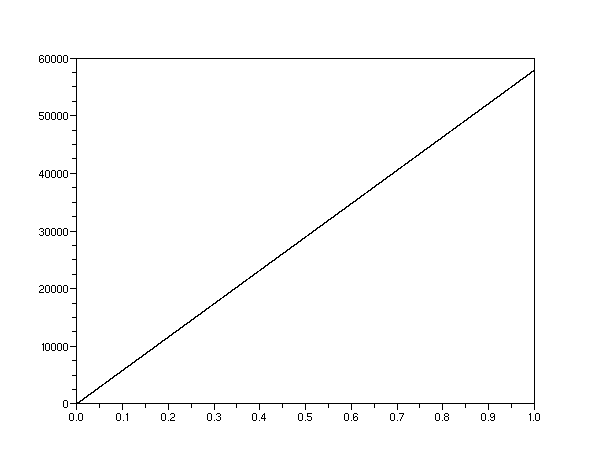This Quantum World/Implications and applications/How fuzzy positions get fuzzier
How fuzzy positions get fuzzier
We will calculate the rate at which the fuzziness of a position probability distribution increases, in consequence of the fuzziness of the corresponding momentum, when there is no counterbalancing attraction (like that between the nucleus and the electron in atomic hydrogen).
Because it is easy to handle, we choose a Gaussian function
which has a bell-shaped graph. It defines a position probability distribution
If we normalize this distribution so that then and
We also have that
- the Fourier transform of is
- this defines the momentum probability distribution
- and
The fuzziness of the position and of the momentum of a particle associated with is therefore the minimum allowed by the "uncertainty" relation:
Now recall that
where This has the Fourier transform
and this defines the position probability distribution
Comparison with reveals that Therefore,
The graphs below illustrate how rapidly the fuzziness of a particle the mass of an electron grows, when compared to an object the mass of a molecule or a peanut. Here we see one reason, though by no means the only one, why for all intents and purposes "once sharp, always sharp" is true of the positions of macroscopic objects.
Above: an electron with nanometer. In a second, grows to nearly 60 km.
Below: an electron with centimeter. grows only 16% in a second.
Next, a molecule with nanometer. In a second, grows to 4.4 centimeters.
Finally, a peanut (2.8 g) with nanometer. takes the present age of the universe to grow to 7.5 micrometers.



